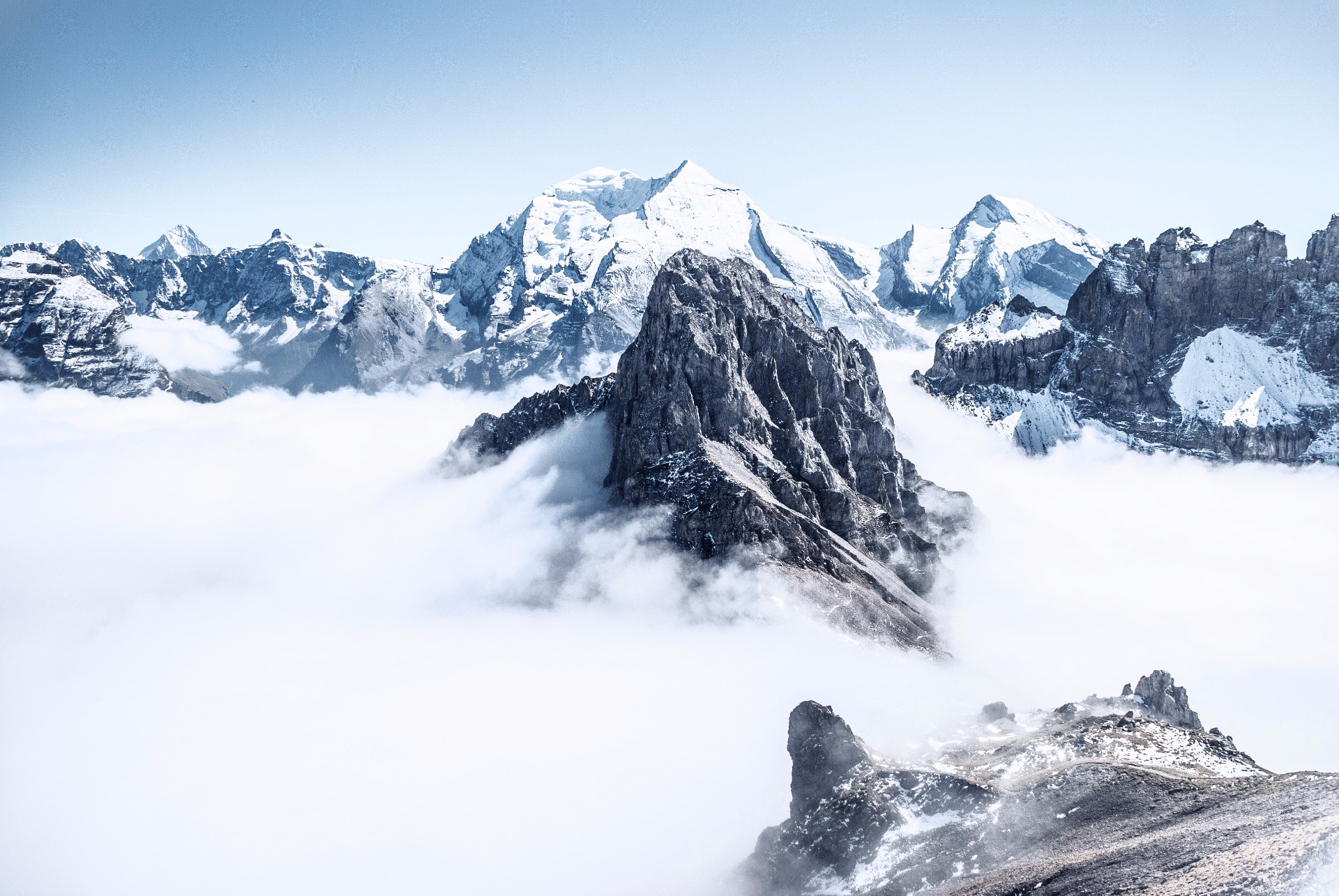We are in an age of amazing technological advancements in the visual technology fields. Photo camera models renew themselves each and every year with the commitment of more mega-pixels and new features. But, when we consider it for just a moment, the photo links beyond much of our old digital cameras usually has strengths and weaknesses that persist through all the successive models that proceed through our hands.
Video cameras plus general all photographic cameras are, despite each of the marketing buzz, still not a lot of machines. By way of example, they register our society with sensors that will only capture a fraction of the tonal range that the eyes can perceive.

Imagine yourself a sunny day in front of a beautiful landscape. Below you, around the feet, you will see the rich lush green vegetation; above you, the intense blue skies. Even as contemplate this scene, our eyes are able to perceive it's richness, information in both the shadows along with the bright clouds above. The dynamic range which our eyes can process, which matches through the darkest towards the brightest areas, is sufficient to contain the majority of the rich detail in this scene.Now bring your photo camera and snap a trial from your position including the vegetation and the sky. It feels right very telling. With regards to the parameters that either your camera or you choose, some detail in the scene will be gone through the result. Either areas of the vegetation will blend to black and lose all detail or parts of the sun will blend to white and lose all detail.To conclude, the retina from the camera, its digital sensor, which captures the light with the scene, is not capable of dealing with a tonal range as huge as our eyes can. It might only capture the full detail in a smaller range that may be positioned at different degrees of brightness by the camera itself or us. Because of this, within a scene like the one described above which has a large contrast, it winds up capturing the detail limited to the highlights and mid-tones, or mainly in the mid-tones, or mainly in the shadows and mid-tones. It just cannot capture simultaneously the complete detail with the scene from your darkest on the brightest areas.This can be needless to say a simplification of your scenario that people could describe in considerably more detail. But the conclusion continues to be same. Once we consider the final photo, can certainly that might know about remember seeing with our eyes is just not exactly what the photo shows. That richness of detail everywhere is gone. And this is one amongst the restrictions that most Photo cameras share. We might go on to describe numerous others linked to color precision along with other locations where cameras just can't manage the depth and richness of the world around us.To learn more about
retouching agency go to see this popular web site.

 Imagine your self a sunny day facing a lovely landscape. Below you, around you, you will see the rich lush green vegetation; above you, the brilliant blue skies. Even as contemplate this scene, our eyes can easily perceive all of its richness, information both in the shadows and also the bright clouds above. The dynamic range which our eyes can process, which fits through the darkest towards the brightest areas, will contain most of the rich detail for the reason that scene.Now take the photo camera and snap a go from a position including the two vegetation as well as the sky. It's wise very telling. With respect to the parameters that either the camera otherwise you choose, some detail with the scene will disappear from your result. Either parts of the vegetation will blend to black and lose all detail or parts of the night sky will blend to white and lose all detail.To conclude, the retina in the camera, its digital sensor, which captures the sunshine with the scene, just isn't capable of getting through a tonal range the size of our eyes can. It may only capture the full detail in a smaller range that could be positioned at different degrees of brightness from the camera itself or us. For that, in the scene like the one described above that features a very large contrast, it ends up capturing the detail limited to the highlights and mid-tones, or mainly on the mid-tones, or mainly with the shadows and mid-tones. It really cannot capture simultaneously the complete detail with the scene from the darkest on the brightest areas.This is obviously a simplification of an scenario we could describe in much more detail. Nevertheless the conclusion continues to be same. Whenever we glance at the final photo, we realize that might know about remember seeing with your eyes just isn't what the photo shows. That richness of detail everywhere is gone. And this is one of the limitations that every Photo cameras share. We will pursue to describe numerous others in connection with color precision and also other areas where cameras just cannot handle the depth and richness around the globe around us.For more details about
Imagine your self a sunny day facing a lovely landscape. Below you, around you, you will see the rich lush green vegetation; above you, the brilliant blue skies. Even as contemplate this scene, our eyes can easily perceive all of its richness, information both in the shadows and also the bright clouds above. The dynamic range which our eyes can process, which fits through the darkest towards the brightest areas, will contain most of the rich detail for the reason that scene.Now take the photo camera and snap a go from a position including the two vegetation as well as the sky. It's wise very telling. With respect to the parameters that either the camera otherwise you choose, some detail with the scene will disappear from your result. Either parts of the vegetation will blend to black and lose all detail or parts of the night sky will blend to white and lose all detail.To conclude, the retina in the camera, its digital sensor, which captures the sunshine with the scene, just isn't capable of getting through a tonal range the size of our eyes can. It may only capture the full detail in a smaller range that could be positioned at different degrees of brightness from the camera itself or us. For that, in the scene like the one described above that features a very large contrast, it ends up capturing the detail limited to the highlights and mid-tones, or mainly on the mid-tones, or mainly with the shadows and mid-tones. It really cannot capture simultaneously the complete detail with the scene from the darkest on the brightest areas.This is obviously a simplification of an scenario we could describe in much more detail. Nevertheless the conclusion continues to be same. Whenever we glance at the final photo, we realize that might know about remember seeing with your eyes just isn't what the photo shows. That richness of detail everywhere is gone. And this is one of the limitations that every Photo cameras share. We will pursue to describe numerous others in connection with color precision and also other areas where cameras just cannot handle the depth and richness around the globe around us.For more details about 